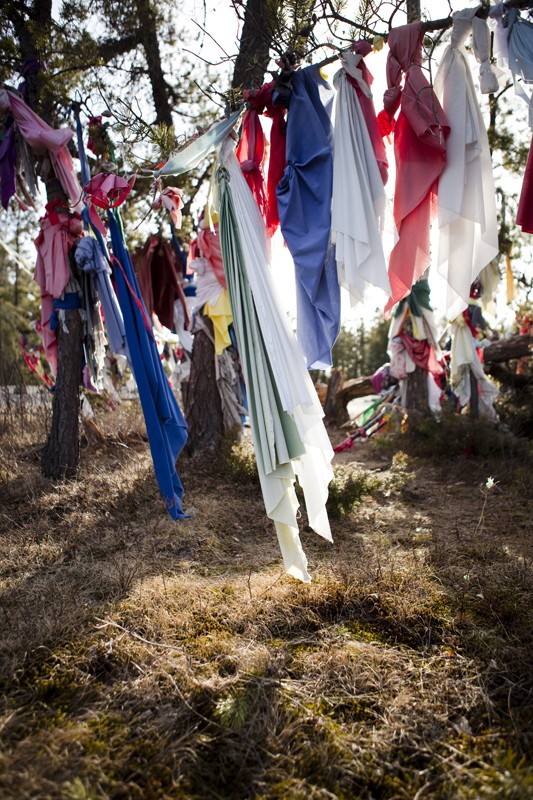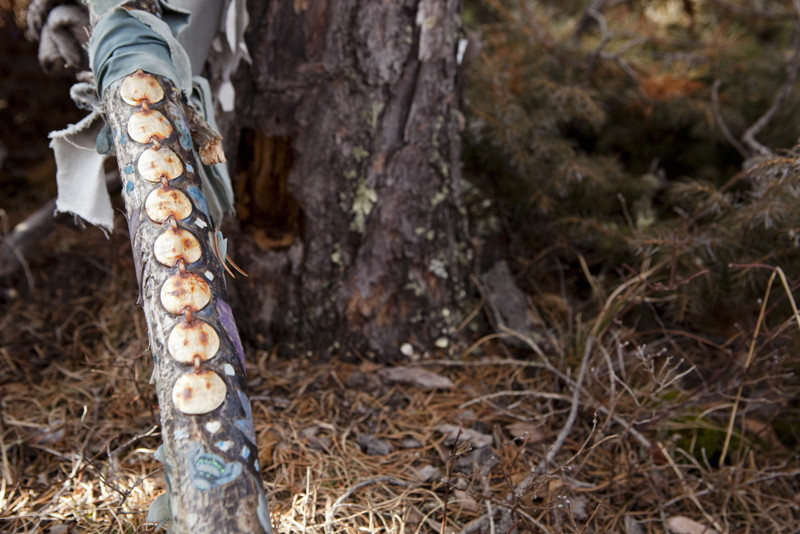Our writing is all over the land
The breadth of indigenous literature extends back to creation
It is often assumed that indigenous culture is built around oral storytelling traditions rather than a proper literary tradition before contact with Europeans.
According to aboriginal scholars, this is dead wrong.
“The idea of simply having an oral literature is made up,” said Niigaanwewidam James Sinclair, a professor of native studies and creative writing at University of Manitoba.
“Writing has to be understood as any mark that says you were there on the land.”
Sinclair is the co-editor of Manitowapow: Aboriginal Writings from the Land of Water, an anthology that presents the literary tradition of indigenous peoples of Manitoba through the early historical period to the present.
According to Sinclair, writing has to mean something more than books, as civilization has written in many forms for centuries before books.
For instance, the Anishinabeg have used birch bark scrolls to record the migratory history of the early historical Midewiwin and the medicinal properties of many plants.
“ Writing is anything from the footsteps you leave on the land, to the clothing you wear and identify yourself with, to the petroforms throughout southeastern Manitoba.
Dr. Peter Kulchyski, professor of native studies, University of Manitoba
Dr. Peter Kulchyski, another professor of native studies, agrees.
Among the Inuit, one can read where a person is from and who they are socially by looking at their clothes and looking at the symbols they present, Kulchyski explains.
“Writing is anything from the footsteps you leave on the land, to the clothing you wear and identify yourself with, to the petroforms throughout southeastern Manitoba,” he said.
“The Eurocentric notion of literature goes back to the Renaissance and their preference for manuscripts and books.
“But it ignores the other forms of writing that were part of European cultures to that point. We had writing in vases, aqueducts and runes,” he said.
Kulchyski sees the refusal to acknowledge a historic indigenous literary tradition as part of the colonial myths about aboriginals being without god, politics, farming - and without literature.
The idea that indigenous people have no literature has been the most persistent myth, similar to the idea that the lower classes were without a literary tradition because books were a marker of prestige and class.
Many current indigenous authors and poets are drawing on oral literary tradition in form and content for their works today.
Kate Vermette, a Métis poet from the North End, is part of the urban experience era in indigenous literature and a member of the Aboriginal Writers’ Collective.
Aboriginal poetry is “often based in story, detailing a personal journey. It is often a crossover with storytelling,” she says.
Vermette sees poetry, though written in preparation, as a performance art. Poetry must be spoken and heard, Vermette says, because when read out loud, it is never heard the same way twice - each performance is alive, given breath.
Dr. Alexander Freund of the Oral History Centre at the University of Winnipeg sees all narratives as being incorporated into individual consciousnesses.
“They can tell you about your own experience and can shape your own memory,” he said.
“We are not autonomous. We draw on symbols and stories we have heard.”
Published in Volume 67, Number 4 of The Uniter (September 26, 2012)








